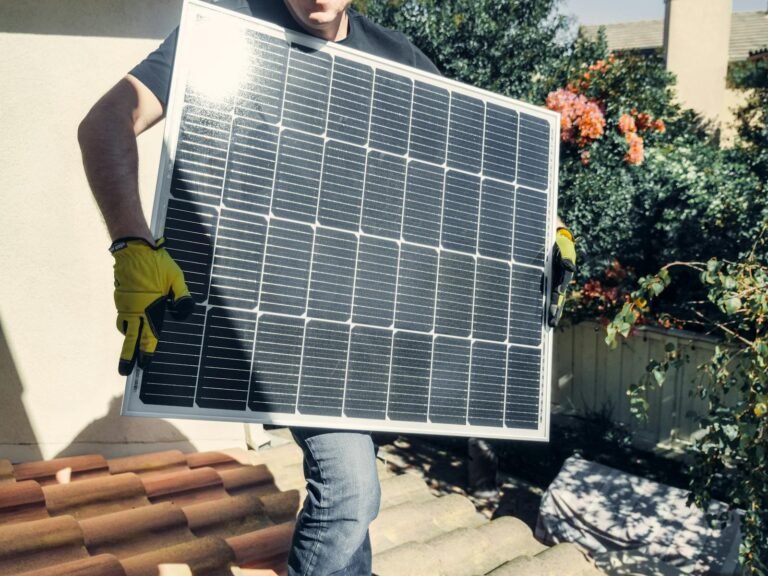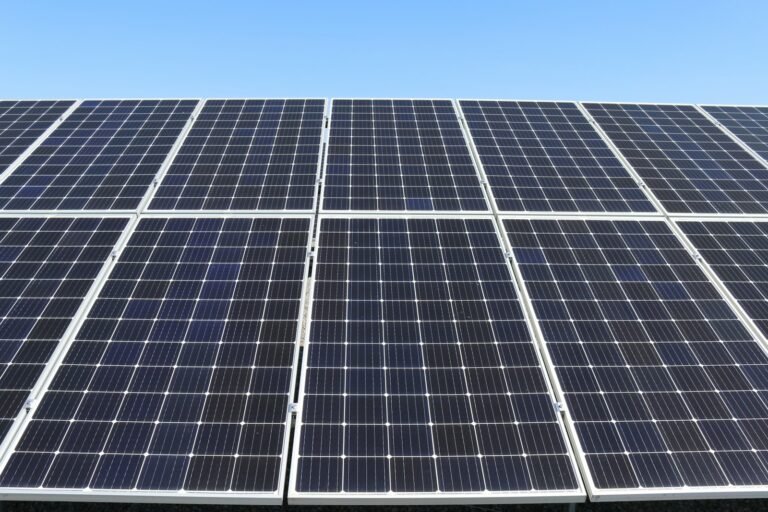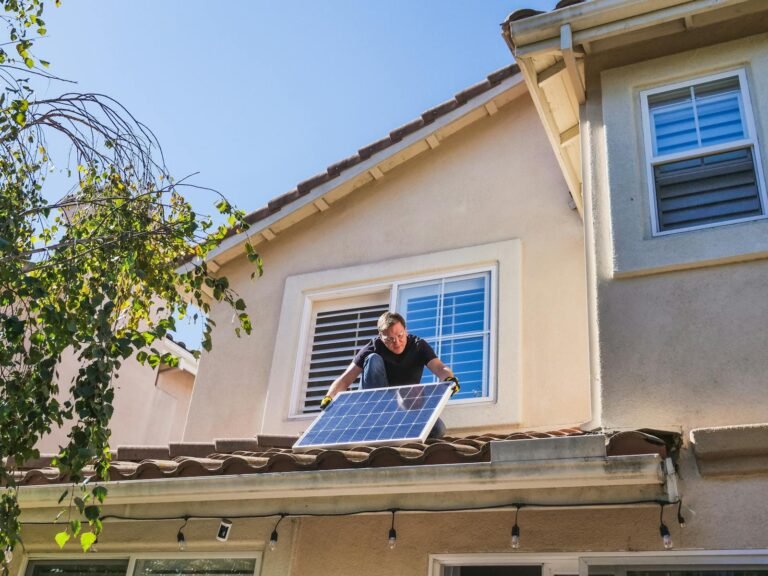Understanding Energy Consumption in Australian Homes
In Australia, the average energy consumption of a household can vary widely due to several factors, including household size, location, and individual energy usage patterns. Typically, Australian homes utilize a substantial amount of electricity, with average monthly consumption figures indicating that a standard family of four consumes approximately 800 to 1,200 kilowatt-hours (kWh) per month. These consumption figures can significantly influence the number of solar panels required to meet a household’s energy demands.
Regional differences also play a critical role in energy consumption. For instance, urban households may experience higher energy demands due to the prevalence of appliances and technologies that are less common in rural settings. Factors such as population density, lifestyle choices, and the array of electrical devices contribute to higher consumption rates in metropolitan areas. Conversely, rural homes, often equipped with fewer electrical amenities, may exhibit lower energy consumption patterns, yielding different requirements for solar energy systems.
Moreover, sunlight availability is an essential consideration for solar energy usage. State-by-state variations in sunlight exposure influence how much solar energy can realistically be harnessed. For example, solar panels in Queensland typically yield more energy compared to those in Tasmania, where cloudy weather can limit solar panel efficiency. This means that understanding regional climates is paramount in determining the exact solar panel costs and the overall system size necessary for effective energy production.
-Click Here to Explore Trusted Solar Panel Companies Near You in Australia-
On a larger scale, annual energy consumption statistics reveal that Australian homes use approximately 6,500 kWh on average. By recognizing these consumption levels and their variances, homeowners can better calculate how many solar panels they need to install to sufficiently cover their energy requirements, ensuring they not only meet their consumption but also maximize the efficiency of their solar energy systems.
Calculating Solar Panel Output
The output of solar panels is influenced by several critical factors, including panel efficiency, sunlight exposure, and environmental conditions. Understanding these elements is essential for estimating how many solar panels you need to effectively power a house in Australia.
Panel efficiency refers to the ability of the solar panel to convert sunlight into usable electricity. Higher efficiency solar panels produce more energy per unit of surface area, making them desirable, especially when roof space is limited. In general, solar panel efficiencies range from 15% to over 22%. Additionally, the average number of sunlight hours varies across Australia, with regions like Queensland experiencing about 5 to 7 hours of full sun per day, while areas in Tasmania may have as few as 3 to 5 hours. This geographical variability plays a significant role in determining the output of solar panels.
Furthermore, the orientation and tilt of solar panels can greatly affect their performance. Panels that face north in the southern hemisphere tend to receive the most sunlight throughout the day. Similarly, an optimal tilt angle can enhance exposure to sunlight, thereby increasing energy production. Generally, a tilt angle that equals the latitude of the location is a good starting point for maximizing solar energy absorption.
To calculate the expected output of a single solar panel, consider its rated power output, which is typically measured in watts. Multiplying this number by the average sunlight hours can give an estimate of daily energy production. For example, a 300-watt solar panel operating in an area with 5 sunlight hours could generate around 1500 watt-hours (or 1.5 kWh) daily. When assessing how many solar panels are required, it is crucial to factor in local climate conditions, roof angles, and overall energy needs of the household, ensuring a well-informed and tailored solar energy estimate.
Determining the Number of Solar Panels Needed
Calculating the number of solar panels required to power a house involves several critical factors including a household’s energy consumption, the efficiency of chosen solar panels, and solar energy availability in the area. To arrive at a clear formula, one must first ascertain the daily energy consumption of the home, typically measured in kilowatt-hours (kWh). This value can be obtained from previous electricity bills and provides a solid foundation for further calculations.
-Click Here to Explore Trusted Solar Panel Companies Near You in Australia-
Next, consider the average solar energy output in your specific state. For instance, states like Queensland experience high sunlight hours, which can significantly influence solar energy production, while others, such as Tasmania, may perform less effectively due to an overcast climate. On average, each solar panel can produce around 300 to 400 watts of power during peak sunlight hours. Multiplying the wattage produced by the number of sun hours in your area will provide the solar energy output for each panel.
Once you have estimated these values, the following formula can be applied:
Number of solar panels required = (Daily energy consumption in kWh) / (Average daily output per solar panel in kWh)
For example, if a household requires 20 kWh per day and each solar panel is expected to generate 1 kWh per day, then the calculation would reveal a need for 20 solar panels. However, it is essential to factor in future energy requirements, such as the potential addition of electric vehicles or expanding family needs, which could increase daily energy consumption. This proactive approach ensures that the installation of solar panels accommodates growth and energy efficiency.
Ultimately, determining the number of solar panels needed is not merely a mathematical exercise; it must consider current and future energy needs to achieve sustainable savings on solar panel costs and effectively harness solar energy in Australia.
Considering Additional Factors for Solar Installation
When contemplating the installation of solar panels, numerous factors should be taken into consideration to ensure that the investment is both effective and economical. The initial step involves understanding the solar panel costs, which can vary widely based on the type and capacity of the system, as well as installation fees. Homeowners are encouraged to seek multiple quotes from certified installers and factor in long-term savings on energy bills when evaluating these costs.
Government incentives are another crucial aspect to consider. In Australia, various rebates and schemes exist to encourage the adoption of solar energy. Homeowners can benefit from these programs, which may substantially lessen the upfront financial burden associated with purchasing and installing solar panels. It is essential to stay updated on current government policies, as they can significantly impact the overall affordability of solar panel installation.
Feed-in tariffs represent an advantageous option for homeowners considering solar energy systems. These tariffs provide a payment for any excess electricity produced by the solar panels that is fed back into the grid. Understanding these tariffs can help homeowners optimize their solar panel efficiency and maximize return on investment.
Selecting the right solar system involves examining personal energy consumption needs and aligning them with budget constraints. While it may be tempting to opt for the lowest-cost solution, compromising on quality can lead to higher solar panel costs in the long run due to maintenance or inefficiency. A thorough analysis of current energy usage and future needs is critical to making an informed decision regarding solar energy installation.
-Click Here to Explore Trusted Solar Panel Companies Near You in Australia-
Finally, the significance of professional installation cannot be overstated. Employing qualified technicians ensures that the system is installed correctly and operates safely. Properly installed solar panels enhance efficiency and contribute positively to the overall performance of the system, providing homeowners with peace of mind as they transition to renewable energy sources.



